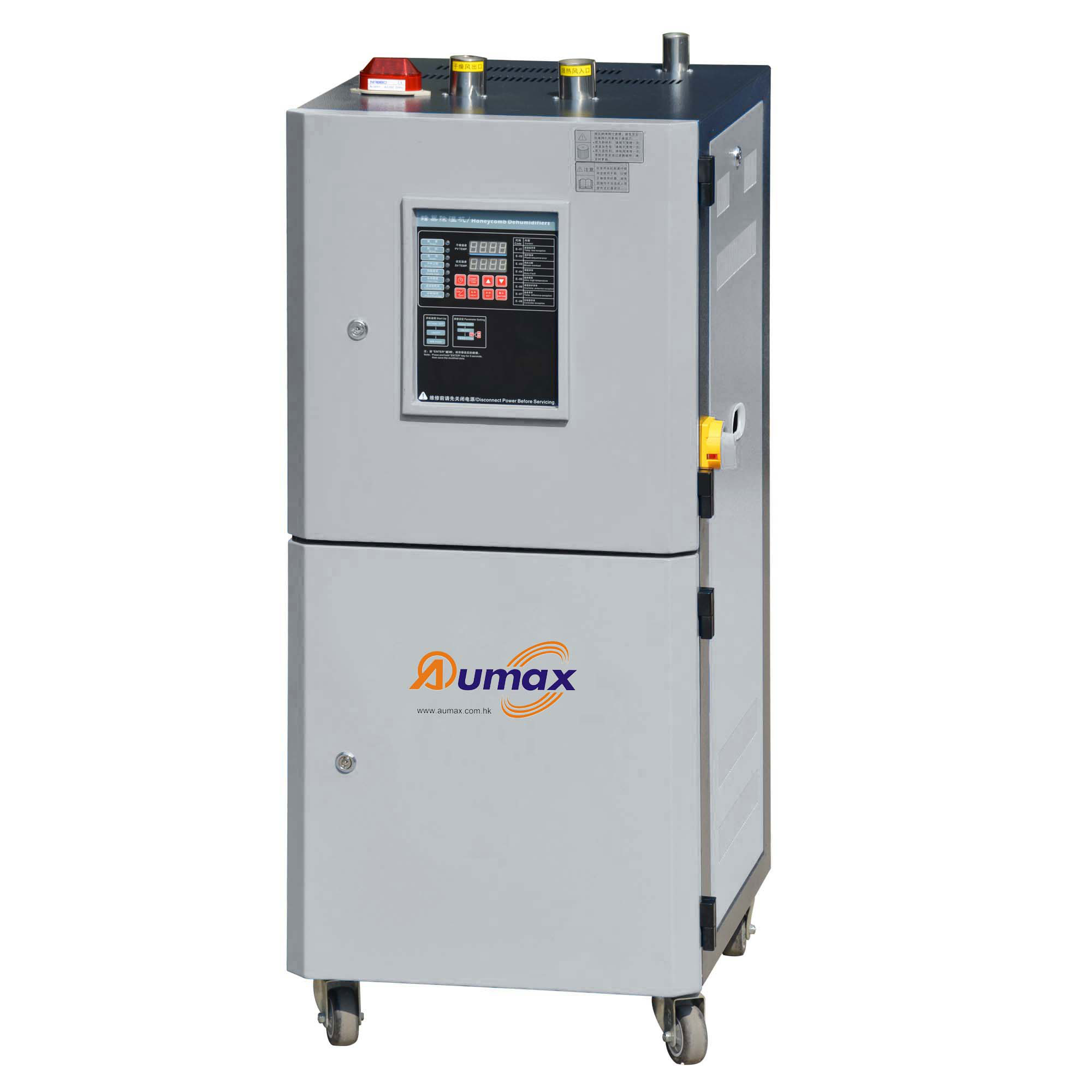Components of a honeycomb dehumidifier
2024-01-15
A honeycomb dehumidifier is a type of dehumidification equipment commonly used in industrial settings to reduce and control humidity levels. It is designed to remove excess moisture from the air, contributing to improved air quality and preventing issues such as mold growth and equipment corrosion. The term "honeycomb" in the context of a dehumidifier typically refers to the structure of the dehumidifying rotor or wheel.
Key features and components of a honeycomb dehumidifier include:
1. Honeycomb Rotor or Wheel:
- The honeycomb structure refers to the design of the dehumidifying rotor or wheel, which is a critical component of the dehumidifier. This rotor is often made of a desiccant material that can adsorb moisture from the air.
2. Desiccant Material:
- The desiccant material used in the honeycomb rotor is typically a substance with a high affinity for water, such as silica gel or molecular sieve. These materials adsorb moisture as air passes through the rotor.
3. Adsorption Process:
- The honeycomb rotor rotates continuously, allowing the desiccant material to adsorb moisture from the incoming air. As the rotor turns, the moisture-laden portion moves into a regeneration zone where the moisture is expelled.
4. Regeneration:
- The regeneration process involves exposing the moisture-laden section of the rotor to a stream of heated air. This causes the desiccant material to release the captured moisture, preparing the rotor for the next adsorption cycle.
5. Airflow System:
- The dehumidifier includes an airflow system that directs the ambient air through the honeycomb rotor. The controlled airflow ensures efficient moisture removal.
6. Control System:
- A control system manages the operation of the dehumidifier, including the rotation speed of the honeycomb rotor, temperature settings for regeneration, and other parameters. Some systems may have built-in sensors to monitor humidity levels.
7. Energy Efficiency:
- Honeycomb dehumidifiers are known for their energy efficiency compared to other dehumidification methods. The use of a desiccant rotor allows for effective moisture removal even at lower temperatures.
8. Applications:
- Honeycomb dehumidifiers are commonly used in industrial applications where precise humidity control is required, such as pharmaceutical manufacturing, food processing, storage facilities, and electronics production.
9. Compact Design:
- Many honeycomb dehumidifiers are designed to be compact and modular, allowing for easy installation and integration into existing HVAC (Heating, Ventilation, and Air Conditioning) systems.
10. Low Maintenance:
- The design of honeycomb dehumidifiers often results in lower maintenance requirements compared to traditional refrigeration-based dehumidifiers. The rotating honeycomb rotor is durable and resistant to wear.
Honeycomb dehumidifiers are suitable for environments where maintaining specific humidity levels is crucial for product quality, process control, and the prevention of moisture-related issues. Their effectiveness in a wide range of industrial applications makes them a popular choice for humidity control solutions.



